Village of the Week: Ampleforth's history is tied up with the abbey and school - but community still thrives
From sandy coloured cottages with pan-tile orange roofs, yards and snickets here and there, to the imposing abbey and a college that reportedly charges more than £40,000 to be educated there – this is Ampleforth, a small village that takes you away from York and towards the North York Moors National Park.
Its population at the last official count was 1,345 but a good 500 of that is pupils boarding at the college. Otherwise there are 340 households and there aren’t that many on the market.
Advertisement
Hide AdAdvertisement
Hide AdOf the seven that are, I was surprised to see, during a quick peek on Rightmove, that you can get a three bedroomed town type house for £250,000 - and while modern it does look quite in keeping.
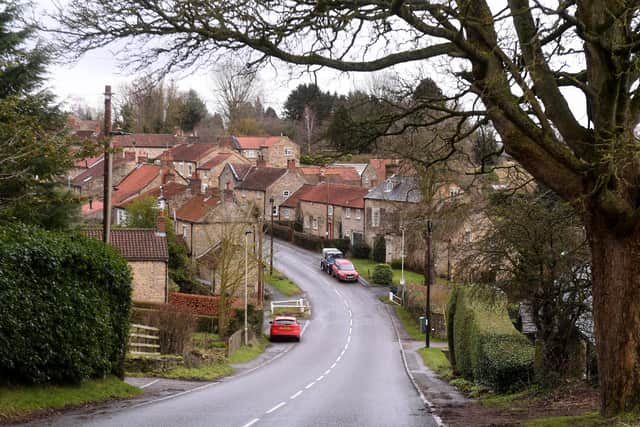

At the other end of the sales brochure is Watergate Farm with a guide price of £2m.
There is no wonder it is a sought after location to live with its charming and pretty setting, community feel and proximity to the vast moors and open countryside.
That said, the village store and post office is also on the market, offering quite the work and lifestyle mix.
Advertisement
Hide AdAdvertisement
Hide AdHouses that were built in the 1960s are still referred to as the ‘new’ estate, but, prior to the Second World War the village mainly consisted of houses built along the main street and most of the buildings date back to the 19th century.
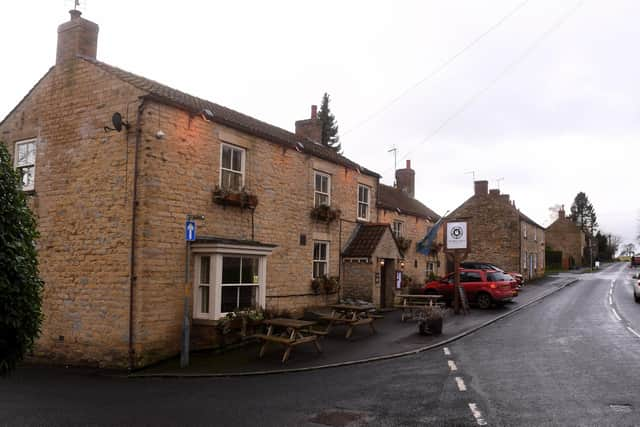

After the war, the village began to spread out and the council estate was built in the 1960s and a further significant development since was started in 2015.
Ampleforth though, you could probably argue is not defined by its village features, characteristics and layout as many others are.
For, when you say Ampleforth, the first things that come to mind are most likely Ampleforth Abbey and Ampleforth College.
Advertisement
Hide AdAdvertisement
Hide AdAmpleforth Abbey is a monastery of Benedictine monks and part of the English Benedictine Congregation. It descends from the pre-Reformation community at Westminster Abbey.
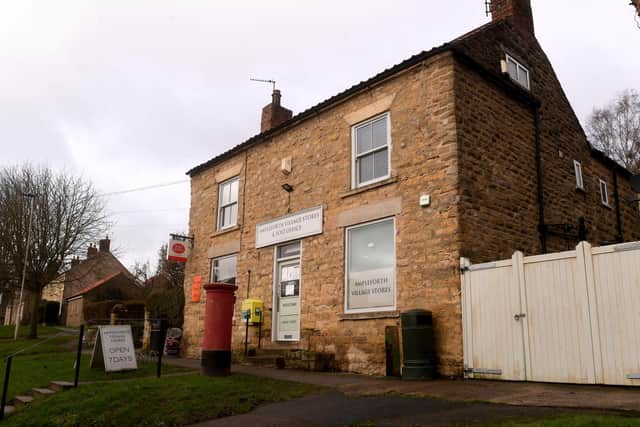

Last year it was noted that there were still 46 monks at Ampleforth.
The beginnings of Ampleforth Abbey came in 1802 and was founded in a house given to Father Anselm Bolton by Lady Anne Fairfax, daughter of Charles Gregory Fairfax, 9th Viscount Fairfax of Emley - a title that was actually created in Ireland.
The priory was erected into an abbey in 1890. The monastery was completed in 1897.
Advertisement
Hide AdAdvertisement
Hide AdAround the same time that Ampleforth Abbey came into being, so did Ampleforth College. It was opened in 1802 as a small boys' school with around 70 pupils and formally constituted as a Roman Catholic boarding school in 1900.
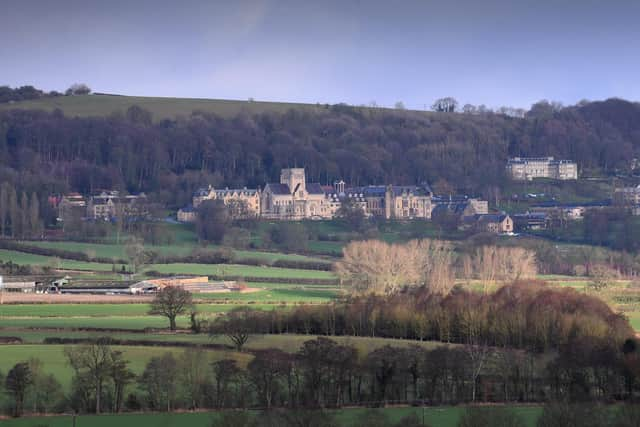

Various buildings were slowly added over the years that followed.
The first boarding houses were founded in 1926 to accommodate the growing pupil numbers. In 1929, the Abbey gained ownership of Gilling Castle and opened a preparatory school. Gilling Castle Prep merged with the college's junior school in 1992 before taking on its current name St Martin's Ampleforth after absorbing another nearby prep school.
It wasn’t until 1998 that girls were allowed to attend Ampleforth College and girls boarding houses were added in 2001 and 2004. The college has been fully coeducational since 2010-11.
Advertisement
Hide AdAdvertisement
Hide AdSince the Catholic emancipation, Ampleforth gained a reputation as one of several schools that is popular within the Roman Catholic aristocracy and labelled the "Catholic Eton" - it comes with a price tag too at more than £43,000 per year in fees.
In 2018 the school failed an inspection by the Independent Schools Inspectorate regarding boarding provision, and the school was issued with a formal notice requiring the school to produce an Action Plan to resolve the failings. In July 2019 it was reported that the school's acting head was stepping down after 10 months in the job.
Then in 2020, the then Secretary of State for Education, Gavin Williamson, wrote to the college ordering them to stop admitting new pupils over safeguarding failures following historic child sexual abuse allegations involving the monks of Ampleforth Abbey.
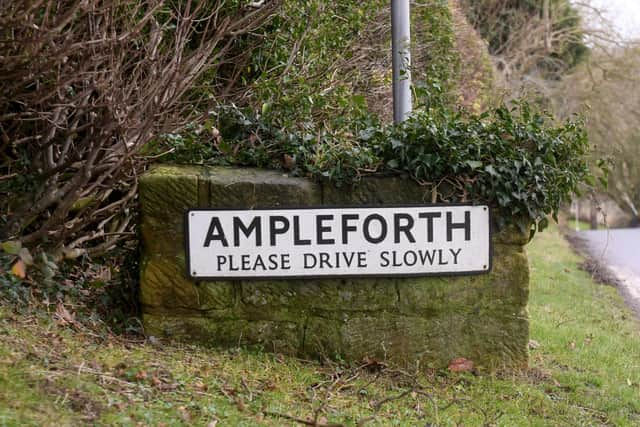

In February 2021, two pupils travelled to Downing Street with a letter asking Boris Johnson to protect the school from closure.
Advertisement
Hide AdAdvertisement
Hide AdPupils argued they had been without a voice during the turbulence and felt safe, valued and taught by dedicated teachers.
There was further support for the college when it received a damning report from Ofsted in 2022 that was widely disputed.
Ampleforth is now thriving again under new headteacher Peter Roberts, one of the most successful and experienced headmasters in the country.
He has even vowed to soak up the costs to parents should Labour be elected and carry out a plan to charge 20 per cent VAT on fees and scrap the 80 per cent relief private schools receive on business rates.
Advertisement
Hide AdAdvertisement
Hide AdMeanwhile the grade I Gilling Castle could become a retirement living resort after a developer submitted plans for its conversion earlier this year.
Gilling Castle had been acquired by Bradford-based property developers Stonehouse Projects and their partners, Timeless Collection Holdings Ltd, applied to North Yorkshire Council for consent to convert the house, clock tower and stable block into 21 apartments for over-55s and build 14 new cottages in the grounds, which would also have leisure facilities such as a bar, lounges, cinema, spa, gym, swimming pool, arts and crafts room and a ‘wellbeing centre’.
Residents will enjoy silver service dining, a chauffeur, concierge and security services.
The proposal is being considered by North Yorkshire Council, who have indicated support for bringing the estate back into use and preventing further deterioration.
Comment Guidelines
National World encourages reader discussion on our stories. User feedback, insights and back-and-forth exchanges add a rich layer of context to reporting. Please review our Community Guidelines before commenting.
